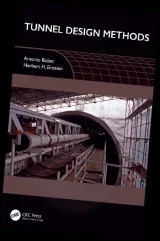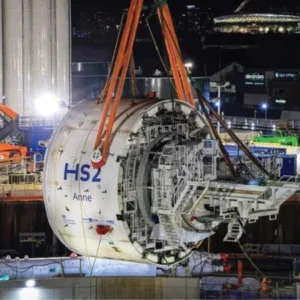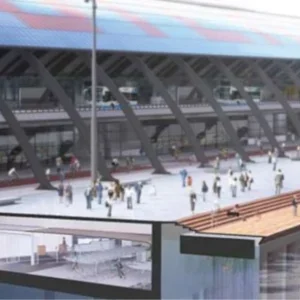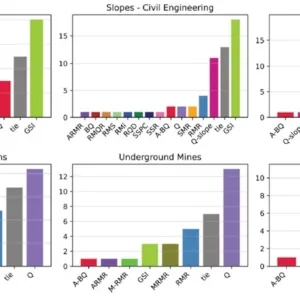
Packed throughout with well-illustrated pages and covering a wide range of subjects, Tunnel Design Methods, by Antonio Bobet and Herbert H Einstein, also confidently shares an abundance of equations with readers keen to multi-levels of information.
Across almost 600-pages and through seven substantial chapters, plus a substantial References section, the textbook published earlier this year grew from a learning aid to their university courses, they say in the Preface, to become “an introductory volume on tunnelling.” As such, it is already tested in the field.
In seeking to cover so much material, and in depth, the textbook succeeds in its aim very well; the writing and explanations are clear and engaging.
Antonio Bobet is the Edgar B. and Hedwig M Olson Professor in Civil Engineering at Purdue University, West Lafayette, Indiana.
He worked in industry, with Euroestudios and Ferrovial, respectively, before joining Purdue. He was a senior geotechnical engineer with the former, and a construction manager with the latter, in Spain. His areas of expertise are rock mechanics and tunnelling, and he has been involved in seismic design of tunnels, and investigated failures at Daikai station, in Japan (1995), and Longxi tunnel, in China (2008).
Herbert H Einstein is a Professor of Civil and Environmental Engineering at the Massachusetts Institute of Technology (MIT) in Cambridge, Massachusetts.
He has worked on research and practice in tunnelling since 1966, with work ranging from laboratory experiments to field studies and analytical models – including the widely used Schwartz-Einstein Method.
He also has been developing Decision Aids for Tunneling (DAT) that looks at uncertainty on tunnel cost, time and resources – and is used in long Alpine tunnels.
Going on, in the Preface to their textbook, the authors add: “The goal of the book is to present fundamental concepts of tunnelling with particular emphasis on ground-structure interaction and the role of the construction process.”
With so much to cover, they have approached the challenge by placing their focus on fundamental aspects and designs tools in the first five chapters and then looking at some special cases in the final two chapters. In those end chapters, the text “covers aspects of tunnelling that are of particular interest” to the authors, such as overviews of seismic design and response of tunnels, pressure tunnels, rockburst effects, and swelling ground.
The chapters are, formally:
- Chapter 1: Principles of Ground-Structure Interaction, which gives an overview, discusses characteristics curves method, observational method, and arching.
- Chapter 2: Empirical Methods and Classifications for Rock Tunnels, which examines method types (A-E) and criteria. This is a lengthy chapter, exploring Method Type A: qualitative indirect (rock load); Method Type B: qualitative direct; Method Type C: relating qualitative and quantitative rock mass descriptions and analytical model parameters; Method Type D: quantitative indirect (rock load); Method Type E: covering approaches of Lauffer’s stand-up time, Deere on RQD, Wickham’s RSR, use of RMR, and the Q system.
- Chapter 3: Direct and Indirect Methods for Soil Tunnels – with effect on the surface, which is about soft ground tunnelling, TBMs, and ground deformation.
- Chapter 4: Analytical Methods, considers elastic, plastic and 3D methods.
- Chapter 5: Numerical Methods, looks at continuum and discontinuum approaches.
- Chapter 6: Special Cases, in addition to seismic, this section looks at swelling ground problems, and also pressure tunnels including interactions of rock, groundwater and lining
- Chapter 7: Analysis of Structural Components, which looks at concrete liners (both cast-in-place and segmental), steel sets, rock support, shotcrete, composite liners, and water management.






